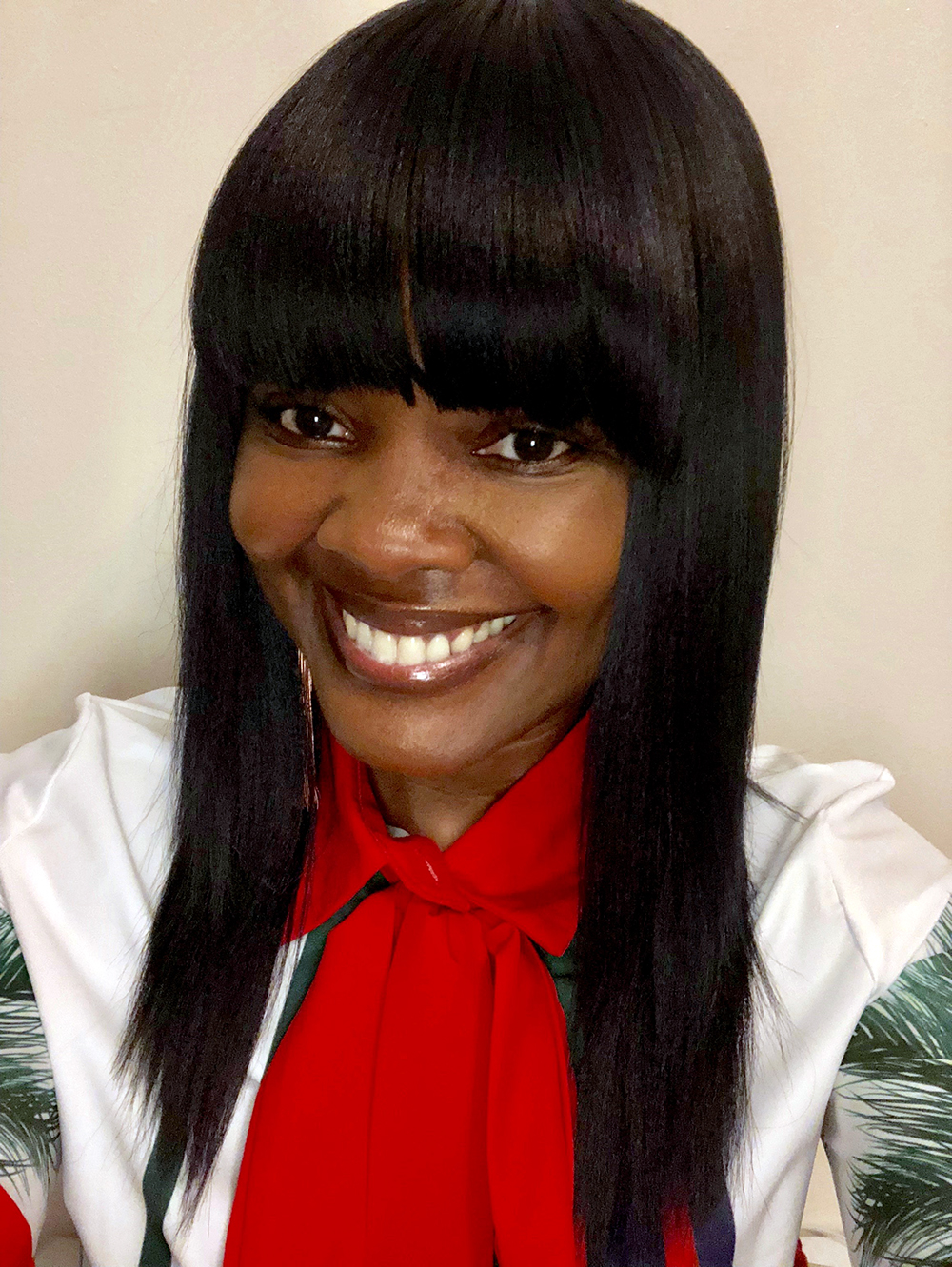
Milles Studio/Shutterstock
.
Here at Graham Windham, a youth development and family organization located in New York City, we rely heavily on data and ways to elicit information from our participants and staff and use the information to improve practices and change our systems. As a result, we are evolving to meet the needs of the populations we serve.

Marie Dunn
When we saw that the rate of our youth in foster care graduating high school was only about 50 percent per year, we challenged ourselves to figure out how to change that. When we heard from our parents and foster parents during roundtable meetings that they wanted support from peers, we looked for a way to implement that.
When we heard from our leadership team that partnerships across program branches were an area for improvement and that stress was making difficult work even harder, we knew we needed to do something different. As we dug deeper, we implemented targeted responses that included staff training and coaching and new programming for parents and youth. To address each of these, we realized that part of the solution could be the same across the board: emotional peer support groups.
In our quest to help kids, families, foster parents and staff manage stressful situations, we identified that a particular approach, the network model, which originated in the prison system, had a simple structure that enabled us to respond respectfully and with empathy while maintaining boundaries. As a result, we implemented it for our youth and family participants, foster parents and staff.
One component of the network model is the four-part meeting. It is easy to learn and facilitation doesn’t require an advanced degree or therapy license:
- Part 1 starts with self-affirmation. The meeting starts with each person introducing him/herself and sharing something positive that makes him/her feel good. Each participant takes a turn and then turns to the next person and asks what they are feeling good about.
- Part 2 is stress and concern. Participants are asked by the facilitator to share a stress or concern with the rest of the group. Individuals can choose whether or not to participate in this. After a stress or concern is shared, other participants can share a same or similar experience underscoring how they resolved the issue. It is important to use “I” statements. It is not about giving advice.
- Part 3 is the action plan. Participants create a SMART plan that is doable within one week. It can be related to the stress/concern shared but does not have to be.
- Part 4 is silence. Participants sit in silence for one minute in order to process what was discussed in the group.
After the four parts, there is an optional step, the clearing. Participants are able to express their final thoughts with the group members. This is done sequentially by saying “I am clear.” Once everyone is clear, the meeting is over.
Confidential and voluntary
Participation in the network model is voluntary. Staff, youth, parents and foster parents are afforded the opportunity to develop effective coping mechanisms to deal with the daily stressors. There can be any number of participants in the group, but optimally not more than 15 so that all are able to fully participate and not be intimidated by a large group. The frequency of the group can be at least weekly, biweekly or monthly, depending on the availability of the participants.
How network was implemented at Graham has been instrumental to its success. We understood the success of the network model depended heavily on two factors: 1) how the model was introduced, and 2) the need to build and establish trust amongst the participants. As a result, the network model was introduced gradually.
Before presenting it to kids and families in our programs, training sessions were conducted internally with coaching from the Rev. Stephen J. Chinlund, who developed the model, and Charles Yellowday, an experienced facilitator who worked with him in implementing it. This was important to ensure facilitators were able to keep with the model, ensure everyone understood the confidential nature of the groups and keep the meetings flowing with sensitivity to the participants’ emotional responses.
The network model creates a sense of community and helps establish meaningful relationships among staff, youth, parents and foster parents. It allows both our staff and families the opportunity to connect with each other while building trust, empathy and respect for each other’s experiences. Families as well as staff highlight the fact that network groups afford them the opportunity to be heard. They are not judged, and their feelings are normalized and validated.
One of the keys to the success of the model among different groups is that participants share a common language (e.g. “same and similar stress and concerns”). There is an absence of “shoulds” and there is no advice giving. Instead the participants’ focus on shared experiences boosts confidence by sharing what worked for them when they encountered the same or a similar experience. Participants, then, are free to take whatever seems applicable and useful to them.
Validated, not isolated
As a newly promoted program director in 2017, I can vividly recall my first network session for managers. I was filled with so much emotion and anxiety. The uncertainty of whether I would blend in with my leadership counterparts was laid to rest because of the outpouring of support that I got within the group.
I left the group feeling empowered, confident and supported. I developed a deeper sense of connection with my peers because I felt validated, but most importantly I knew the information I shared would be held in confidence. I no longer feel isolated, I am now part of a supportive community, I am connected, and I continue to attend the monthly network groups.
“Layla” (name changed), a parent whose children are in foster care, had been reluctant to attend the support groups that our parent coach offers on a biweekly basis. After much persuasion, Layla showed up at one of the groups. What happened thereafter was magical. Layla was able to connect with “Mary” (name changed), who shared her experience of not being consistent with her program attendance and not showing up for parent/child visits. Mary discussed how she hadn’t realized how what she was doing was prolonging her children’s length of stay in foster care. However, after recognizing that she had to make changes, Mary is now closer to reunification. Hearing about Mary’s experience was a defining moment for Layla, who is now enrolled in a needed program and continues to attend the network groups.
We believe the success we now see in our Graham SLAM (Support, Lead, Achieve, and Model) youth development program is in part due to the peer support youth get through network. We have increased our high school graduation rates from 50 percent to nearly 70 percent of youth in foster care. We also believe the support we have been providing to our leadership team through network has contributed to high retention of management staff and people wanting to develop in their careers at Graham — two-thirds of our management hires are being made from within.
An evaluation conducted by researcher Marina Lalayants of the Hunter Silberman School of Social Work of our work with parents whose children are in foster care found that the network groups “facilitated friendships and built a reliable network of trusted peers. The understanding and automatic empathy among the peers generated feelings of acceptance and trust. For parents devoid of strong social support, the availability of a group and a peer supporter … provided forums that enabled them to feel heard and receive encouragement in addition to advice.”
Network is Graham’s language; a language that ignites an emotive response — there are frequently tears and laughs. It encourages peer support, builds a healing community and creates trust. It allows us to partner and collaborate more effectively with our youth and parents. Network informs Graham’s leadership team, infuses and sustains trauma and secondary trauma awareness and support.
We make every effort to partner with our parents, youth and foster parents, who we value as experts to help us identify stressors and ways to implement coping methods and manage effectively. We’re confident that we will continue to see greater participation of staff, parents, foster parents and youth within the network groups as we continue to highlight the benefits associated with it.
Marie Dunn is the director for the Family Success Initiative at Graham Windham in New York City.





























